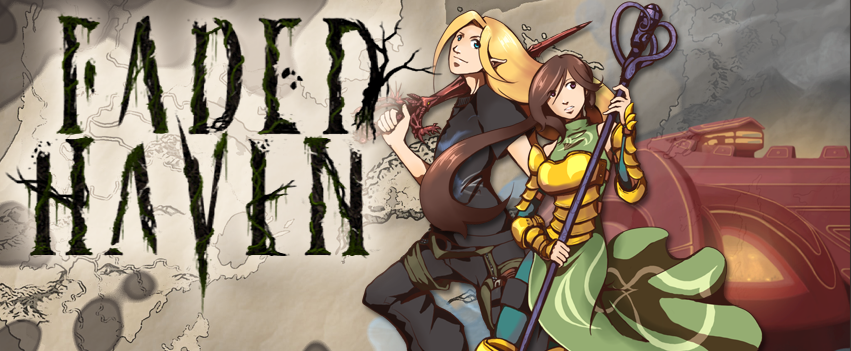Drake
Drakes, just like the Wyverns, are distantly related to Dragons. Instead of evolving wings and attacking prey from the air, they remained earthbound and stalk their prey like wolves. There are many subspecies of them that have developed immunities to the world's elemental forces. However, the common drake did not gain such benefits. They can still pose a considerable threat as ambush predators and their scales are resistant to melee attacks.
Basic Information
Anatomy
Drakes have a lupine or canine body that is supported upright by four muscular limbs. Their feet have large claws for grabbing and pinning down prey. They have thick, plated, scaly skin that keeps them protected in fights.
Ecology and Habitats
The common drake lurks in forests and plains. They make their homes in dens or small caves.
Dietary Needs and Habits
Drakes are carnivores. Their favored prey includes deer, boars, grouses, and the unlucky traveller.
Additional Information
Domestication
Various races are able to have them live alongside them as companions or "guard dogs". Despite this, they are still wild beasts and may easily bite the hands that feed them.
Uses, Products & Exploitation
Drake skin can be used to craft tough lightweight armor.
Perception and Sensory Capabilities
Drakes have poor eyesight, but their sense of smell and hearing allows them awareness of all available prey in their territory.
Scientific Name
Pseudodraco lupimimus
Origin/Ancestry
Proto Wyrms
Lifespan
50 years.


